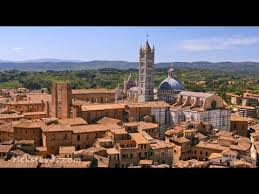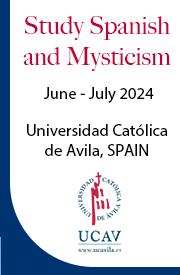I am vacationing this week with family in western Michigan. Drive north from Muskegon a ways, then west until the road turns to dirt. In another mile or two, you’ll hit Lake Michigan. There, tucked between the woods and the alfalfa fields, on a bluff overlooking the lake, is the cabin my grandparents built for their family almost fifty years ago.
In those five decades, the family has grown into a multitude. My grandparents are both dead now, but their descendants (including spouses) number well into the hundreds. I lost count years ago. Needless to say, we don’t all fit into the cabin at once. But we still share it. And every week of the summer, some aunt and uncle, or some cousins of mine, take their turn in the house by the lake. It’s a good place.
It’s a place where children pick blueberries and raspberries, eating them by the handful until their fingers and lips are stained with the juice. It is the kind of place where, as a child, you learn to measure the passage of time. “This year I’m old enough to go shooting with the uncles. Next year I’ll be big enough now to swim out to the second sandbar.” It’s also a place with its own rules, too. Don’t climb on the bluff. Watch out for poison ivy. Always hose the sand off your feet before going into the house. Close the screen door!
It is a place saturated with all the happiest memories of childhood and family and innocence and peace. All these memories are more than just private reminiscences. They form a whole complex tradition of family history and lore. Memories become stories that are told and retold, shared with siblings and uncles and aunts and cousins, until the memories themselves can be hard to distinguish from the stories. There are stories the kids know that the grown-ups have never heard, and tales only the grown-ups know or remember in full.
The cabin itself keeps a partial record of this family lore. We haven’t had horses on the property in decades, but there’s a bit and bridle in the basement along with an old saddle or two. There’s a cross-stitch portrait of the big old Victorian house in suburban Chicago where my grandparents lived. Mom made that. There’s a taxidermied salmon Aunt Molly caught, and a bunch of straw hats Grandpa brought back from Mexico. (Or was it Belize?) Out front, near the blueberry bushes, there’s the kangaroo crossing sign Grammy’s brother Joe brought back from Australia.
My grandfather was a hunter, and some of his trophies crowd the pine walls of the living room. A lot of folks around here have trophy white-tail deer on their walls; we have a wildebeest and a pronghorn antelope.
After three or four generations, all these accumulations – both the physical bric-a-brac and the cherished memories – take on a tremendous weight. Some things get broken and replaced. Some get thrown out. Some items end up, presumably by accident, in the trunk of someone’s car and make the move to Illinois or Texas or Virginia or Massachusetts. Some things get forgotten and lost. But the weightiest things harden and, like a diamond, endure.

My youngest daughter still enjoys the blissful naivete of the present, where everything is always new every day. She doesn’t dwell in drifts of accumulated memories, however sweet. My older children are aware that the weeks they spend in Michigan are connected to all the family lore and traditions associated with this place. They love the old stories. They have their own memories, too, now, and a sense of the way things have always been. And they have their own telling of those traditions, which is different from my own.
I have one daughter who is convinced that trapping crayfish is an essential part of going to Michigan because, when she was little, I built a flimsy crayfish trap from some chicken wire. This is not something I had ever done before and have never done since, but somehow in her mind it is a venerable family tradition.
That’s the way of things. Traditions are not like heirlooms, which can be handed down in a preserved state from one generation to another. But neither are our traditions akin to some great intergenerational game of telephone, where the transmission from one to another invariably and irretrievably degrades and jumbles the message.
What gets passed on, really, is an abiding love for the things inherited: This family, which is always growing; this cabin, which is always aging and in need of some repair or another; these stories, which are always changing in both the hearing and the telling. In this sense, tradition is less about transmitting certain facts than it is about reverence and veneration of something precious – an inheritance that is precious both in itself and precious because of the one who bestowed it.
In the end, the guarantor of tradition is always love. If a tradition transmits love, then it will be received with gratitude. And as is always the case, love received with gratitude always bursts forth to share itself anew, never diminished by being shared, but growing.
There are lessons here that go beyond memories of summers spent at the cabin. The Holy Spirit is the guarantor of the Church’s Tradition. Our grasp of that Tradition is never static or stale – it grows deeper and richer as it is shared – but it never ceases to be what it always is. Love himself guarantees the faithful transmission of that Tradition.
And all our (small ‘t’) traditions remain the ordinary way that bonds of affection are formed and strengthened between ourselves and those from whom we have received our most precious inheritances: family, church, nation. The more widely those inheritances are shared, provided they are shared with gratitude and love, the more they approach perfection.
The best things are shared things. And for that I’m grateful.
__________















